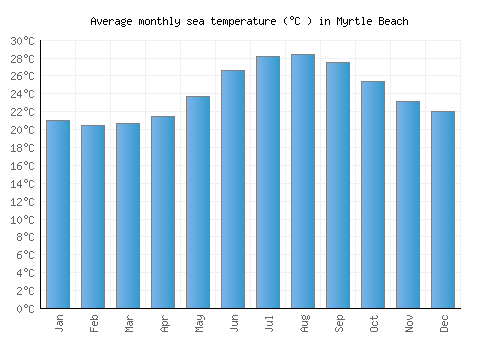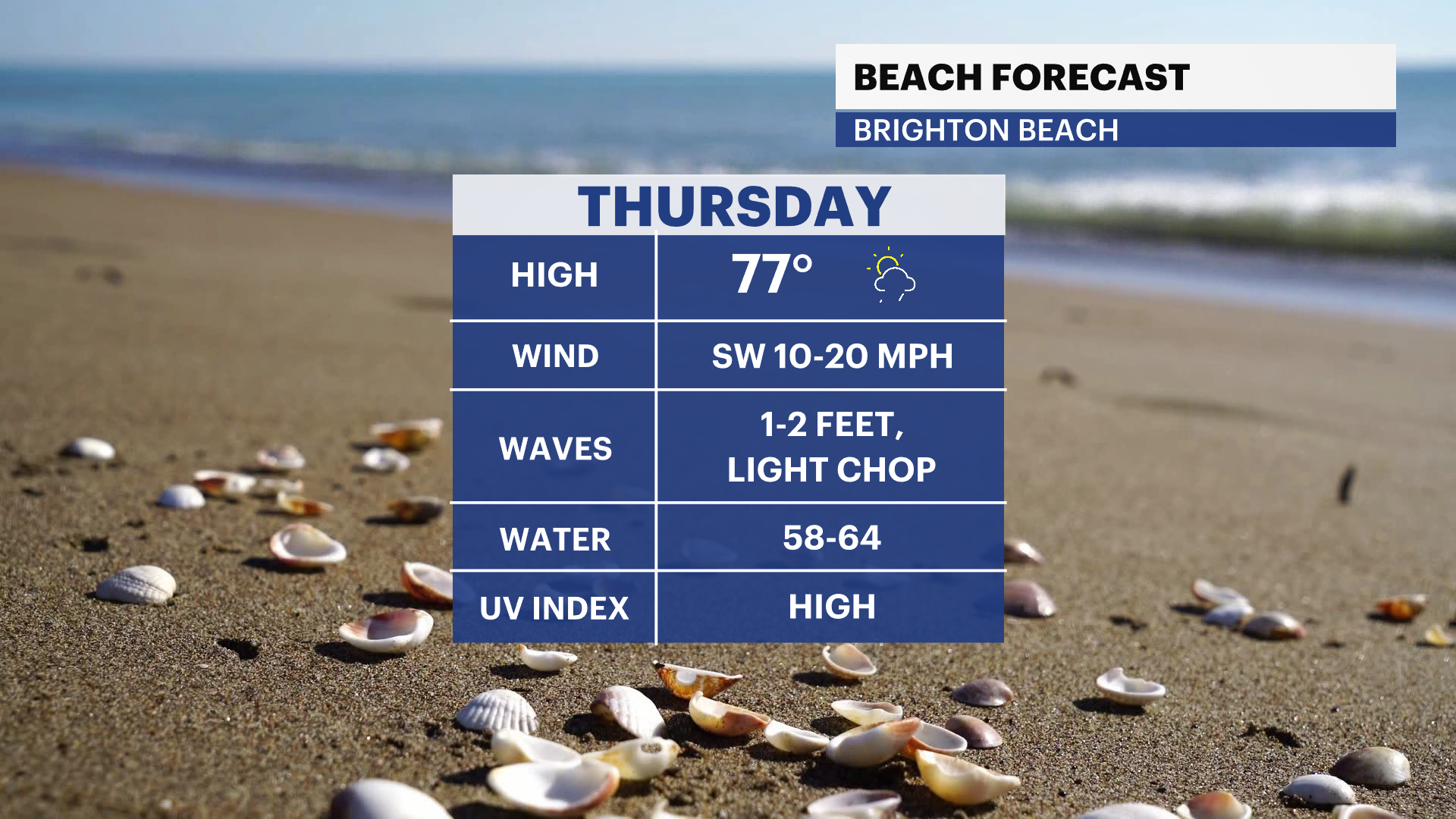Myrtle Beach, South Carolina, is renowned for its golden beaches, vibrant nightlife, and welcoming atmosphere. A trip to this coastal paradise is a dream for many travelers. However, while you’re basking in the sun, it’s crucial to understand the UV index and how to protect yourself from harmful UV radiation. In this comprehensive guide, we’ll explore the UV index in Myrtle Beach, why it matters, and how you can enjoy your beach vacation safely.
What is the UV Index?
The UV index is a measure of the strength of ultraviolet (UV) radiation from the sun. It provides information about the potential for skin damage and helps individuals plan their outdoor activities accordingly. The index ranges from 0 (low) to 11+ (extreme), with higher values indicating a greater risk of harm.
Importance of Monitoring the UV Index
Understanding the UV index is essential for everyone, especially for travelers like myself who love soaking up the sun. On my last trip to Myrtle Beach, I made it a point to check the UV index every day. Knowing when to apply sunscreen or seek shade can make a significant difference in enjoying your vacation without suffering from sunburn or long-term skin damage.
How is the UV Index Calculated?
The UV index is calculated based on the following factors:
- Time of Day: UV radiation is strongest between 10 a.m. and 4 p.m.
- Season: UV levels are generally higher in the summer months.
- Geographical Location: Proximity to the equator increases UV exposure.
- Altitude: Higher altitudes receive more UV radiation.
- Cloud Cover: UV rays can penetrate clouds, so sunlight isn’t always a reliable indicator of UV exposure.
Myrtle Beach UV Index Overview
Myrtle Beach experiences varying UV index levels throughout the year. Below is a table summarizing the average monthly UV index readings:

| Month | Average UV Index |
|---|---|
| January | 2 |
| February | 3 |
| March | 5 |
| April | 6 |
| May | 8 |
| June | 9 |
| July | 9 |
| August | 8 |
| September | 6 |
| October | 4 |
| November | 3 |
| December | 2 |
Seasonal Variations of the UV Index
Myrtle Beach experiences peak UV index readings during the summer months, particularly from May through August. This is when families flock to the coast for vacation, and it’s essential to stay informed about the UV levels. During my summer trips, I noticed that even on cloudy days, the UV index could still be moderate to high, emphasizing the need for protection.

Effects of UV Radiation
The sun’s UV rays can have both short-term and long-term effects on your skin:
Short-Term Effects
- Sunburn: Redness, blistering, and peeling skin.
- Heat Exhaustion: Caused by prolonged sun exposure without hydration.

Long-Term Effects
- Skin Cancer: Increased risk of melanoma and other skin cancers.
- Premature Aging: Wrinkles and age spots caused by sun damage.
Travel Tips for Enjoying Myrtle Beach Safely
To help you make the most of your Myrtle Beach vacation without compromising your skin health, here are some personal travel tips that I’ve found useful over the years:

1. Check the UV Index Daily
Before heading out, take a moment to check the daily UV index. Apps and weather websites provide real-time data that can greatly assist in planning your beach activities. I always found it helpful to plan beach days for early mornings or late afternoons when the UV rays are less intense.
2. Use Broad-Spectrum Sunscreen
Apply a water-resistant, broad-spectrum sunscreen with an SPF of at least 30. Make sure to reapply every two hours, or more often if you’re swimming or sweating. During my last trip, I allocated time to apply sunscreen before heading out, making it a part of my morning routine.

3. Wear Protective Clothing
Consider wearing long sleeves, a wide-brimmed hat, and UV-blocking sunglasses. This not only protects your skin but also keeps you feeling cool. I regret not bringing a hat on one trip; the sun can be unforgiving, especially during midday!
4. Seek Shade
Whenever possible, retreat to shaded areas, particularly during peak UV hours. Bring an umbrella to the beach or seek refuge under palm trees when the sun is at its strongest.

5. Stay Hydrated
Drink plenty of water throughout your day in the sun. Dehydration can sneak up on you, especially when you’re having fun in the waves. On one trip, I didn’t drink enough water and ended up feeling dizzy—definitely a lesson learned!
Understanding the Pros and Cons of Myrtle Beach

Pros
- Beautiful beaches and stunning sunsets.
- Diverse activities ranging from water sports to cultural experiences.
- Welcoming community with various dining options.
Cons
- High UV index during summer months requiring proper sun safety.
- Can be crowded during peak season.
- Higher accommodation prices in the summer.

Destination Highlights in Myrtle Beach
While you’re in Myrtle Beach, don’t forget to explore some of the highlights:
1. Myrtle Beach Boardwalk
This iconic boardwalk is a must-visit for families and couples alike. With numerous shops, eateries, and an amusement park, it’s a vibrant hub of activity. I love taking an evening stroll here, enjoying the refreshing ocean breeze.
2. Broadway at the Beach
Home to restaurants, nightlife, and shops, Broadway at the Beach provides a fun atmosphere. I remember dining at a fantastic seafood restaurant with a view of the lake; it was a highlight of my visit!
3. Brookgreen Gardens
This beautiful garden and sculpture park is a serene escape from the beach crowds. I spent a relaxing afternoon exploring the trails and admiring the art—definitely a great way to cool off!
Frequently Asked Questions (FAQs)
What is the highest UV index in Myrtle Beach?
The highest UV index in Myrtle Beach typically reaches 9 during the summer months, particularly in June and July. It’s essential to take precautions when the index is at this level.
When is the best time to visit Myrtle Beach regarding the UV index?
The best times to visit Myrtle Beach for lower UV exposure are during the shoulder seasons of spring (April-May) and fall (September-October), when the UV index is generally lower, making it safer for sunbathers.
How can I determine the UV index before my trip?
You can easily check the UV index through reliable weather websites or smartphone apps. Look for daily updates to plan your outdoor activities accordingly.
What SPF should I use for Myrtle Beach?
For Myrtle Beach, it is recommended to use a broad-spectrum sunscreen with an SPF of at least 30, especially during peak UV times.
Conclusion
Understanding the UV index in Myrtle Beach, South Carolina, is crucial for every traveler wanting to enjoy the sun safely. With a little knowledge and precaution, you can have a fantastic experience without compromising your skin health. Embrace the beauty of Myrtle Beach, but always stay sun-safe!